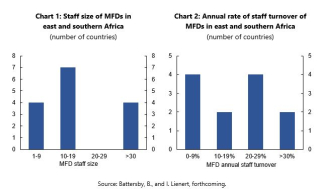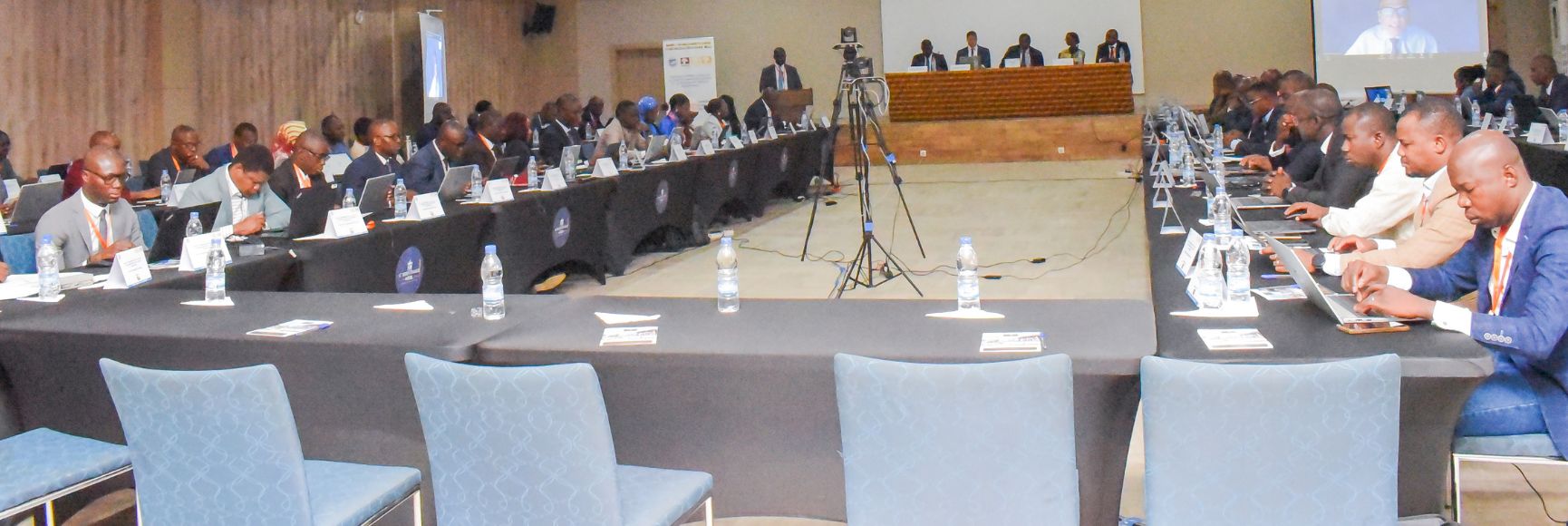
Posted by Bryn Battersby and Eric Lautier[1]
Macro-fiscal departments (MFDs) play a crucial role in the budget cycle. They prepare the macroeconomic narrative for the government and they develop the macroeconomic forecasts that are used as parameters in the forecasts of revenue, expenditure, and financing. Sometimes the MFD is also directly responsible for revenue forecasting and, less frequently, debt sustainability analysis. The work of an MFD should anchor the budget and the medium-term fiscal framework, establishing credibility in both the budget forecasts and the supporting macroeconomic narrative.
A forecasting framework usually underpins the functions of the MFD. These frameworks are made up of forecasting tools (such as a spreadsheet, script, or program); business processes to connect the framework with the budget and other ministry of finance activities; and communication products (such as charts, notes and presentations) to connect the tools with policymakers and the public.
There have been many attempts to build different types of forecasting frameworks across east and southern Africa. However, in several cases, these attempts (often financed with external assistance) have failed to have a lasting impact in the MFD where they were developed. This is often because the forecasting tools were not developed with a clear assessment of their purpose and the context in which they would operate.
Forecasting frameworks should be developed that are useful, useable, accurate, and sustainable. Although a complex forecasting framework (such as one that contains sophisticated modeling or includes many variables) can help to improve the usefulness and accuracy of the framework, this is often at the expense of usability and sustainability. When the forecasting tools are complex, then the processes for maintaining the tools are also likely to be challenging.
Another important consideration is that what works in one country is unlikely to work as well in another country. This is because ministries of finance have different individual and institutional capacities, organizational arrangements, human resource practices, and software and hardware systems, all of which help to define the degree of complexity, scope, and structure of the framework that can be sustained.
An obvious and crucial consideration in the development of a forecasting framework is the size and capacity of the team that will use the framework. In a forthcoming paper, Bryn Battersby and Ian Lienert evaluate the diversity of MFDs in east and southern Africa. They find that the staff size of MFDs in the region ranges from just two or three staff in some countries to well over 30 in others (Chart 1). The rate of staff turnover also varies substantially across the region (Chart 2).
(Click on the charts for a better image resolution)
Source: Battersby, B., and I. Lienert, forthcoming.
A small and well-trained team with low turnover might use and continue to develop a reasonably complex framework. Conversely, a large team comprised of staff with general skills and basic knowledge might require a simple framework where components are distributed to individuals or sub-teams, run in parallel, and brought together as a full set of forecasts at regular intervals (Table 1).
Table 1: Staff size, staff turnover and the scale of the forecasting framework (Click on the table for a better image resolution)
Data availability is another defining constraint in the development of a forecasting framework, particularly in nascent MFDs in low-income countries. A rule of thumb when building a forecasting model is that the less data is available, the less complex should be the forecasting framework. In some cases, standard data (such as national accounts) are either not produced, not published or published with a long lag. Still, the absence of, or delays in, published data is not a reason to forgo the development of a forecasting framework. In these cases, the generation of data might form part of the framework itself (for instance, building a business activity indicator from private sector surveys).
The computing environments differ considerably across MFDs and should be considered carefully in the design of a forecasting framework. Some MFDs have access to a network and common hardware and software, which makes it easier to deal with complexity. Other MFDs rely on personal devices for the development and use of forecasting tools. In these cases, the tools should be designed to be simpler so they are easy to use on whichever device they are run on.
These are some of the contextual factors that shape the forecasting frameworks we have seen and worked with across east Africa. When these contextual factors are not considered during the framework design, the frameworks that are developed often end up unused and discarded. This matters. The absence of a well-functioning macro-fiscal forecasting framework can lead to inconsistencies in budget assumptions; poor fiscal forecasting; and reduced budget credibility. This, in turn, can create doubt around the government’s capacity to implement its proposed fiscal policy and, in some cases, to maintain fiscal sustainability.
[1] Bryn Battersby is the Macro-fiscal Adviser at IMF East AFRITAC. Eric Lautier is an economist at the IMF’s Instritute for Capacity Development in Washington DC.
Note: The posts on the IMF PFM Blog should not be reported as representing the views of the IMF. The views expressed are those of the authors and do not necessarily represent those of the IMF or IMF policy.





